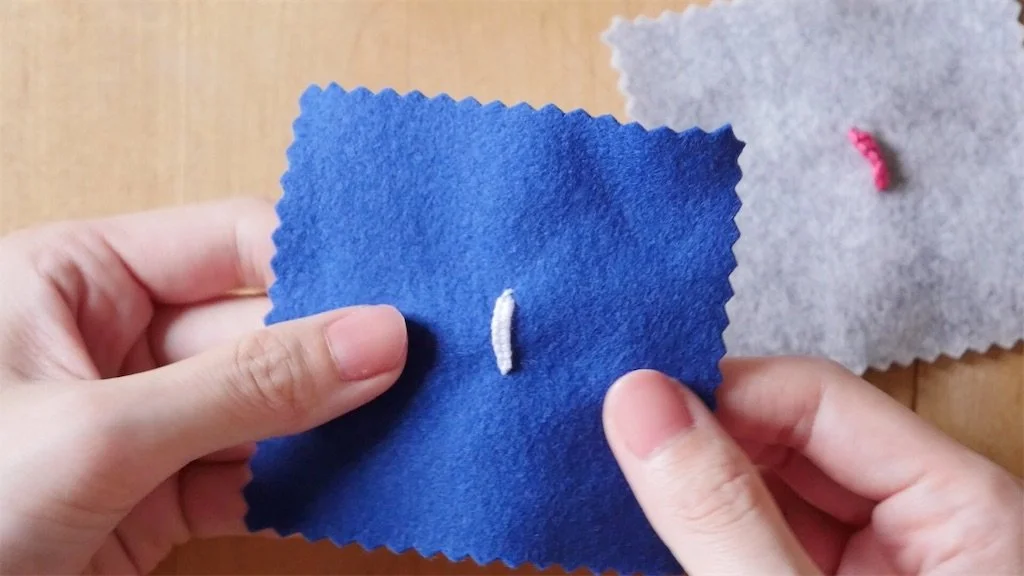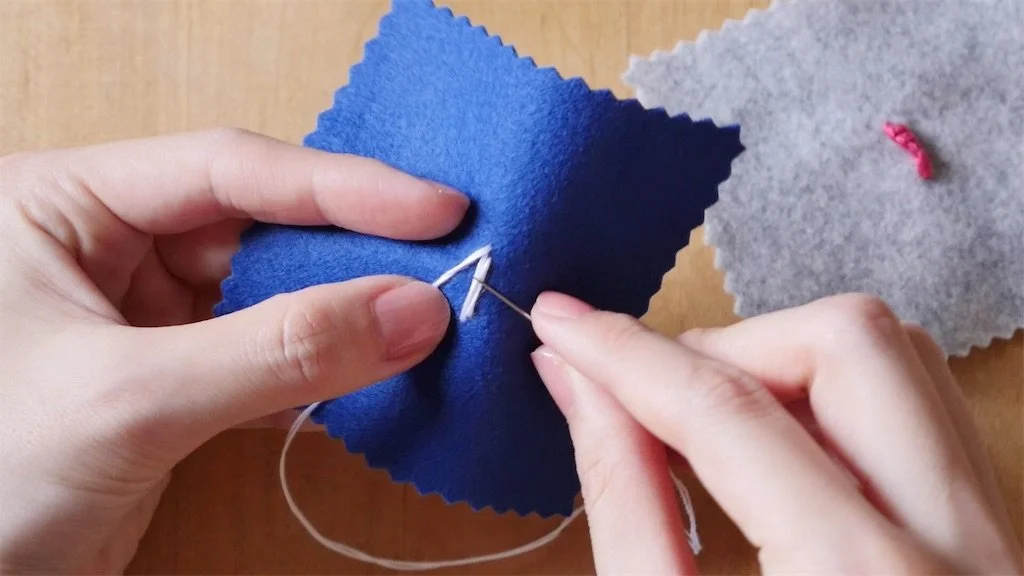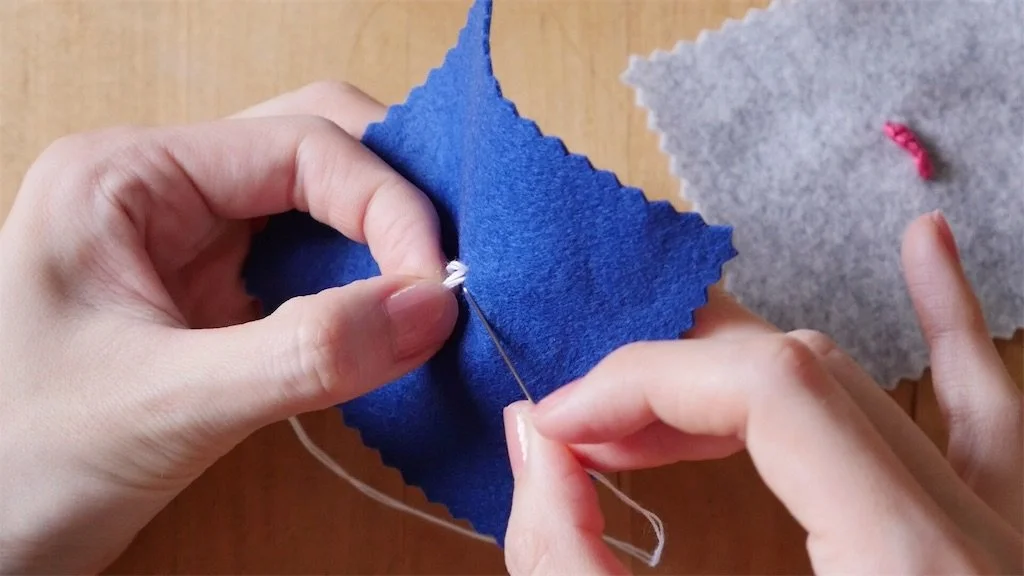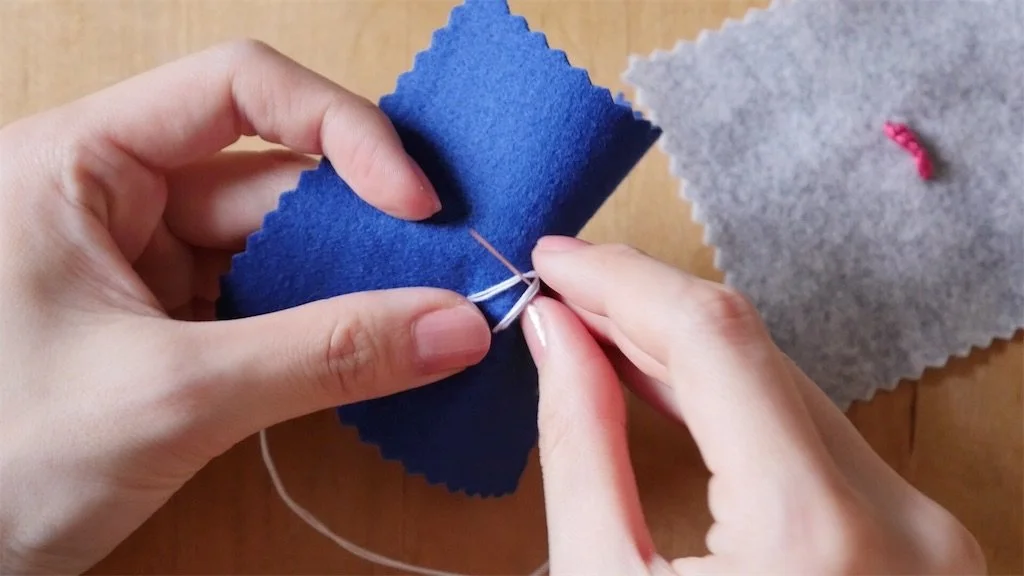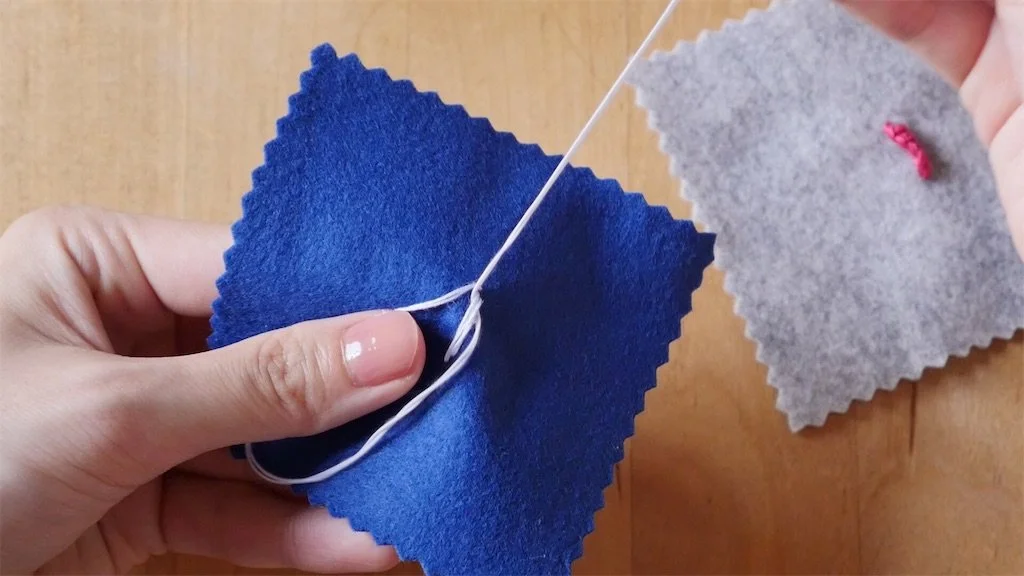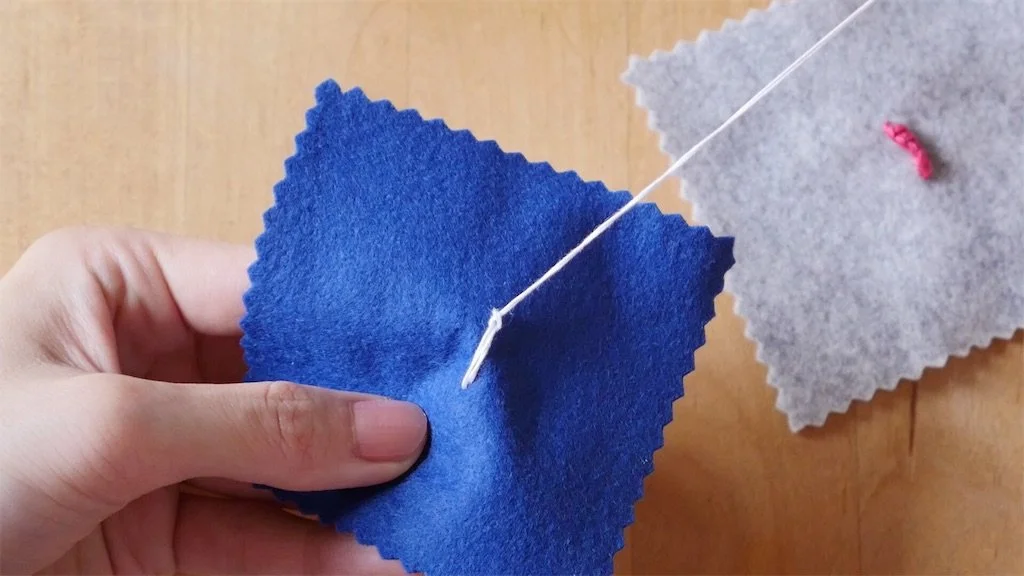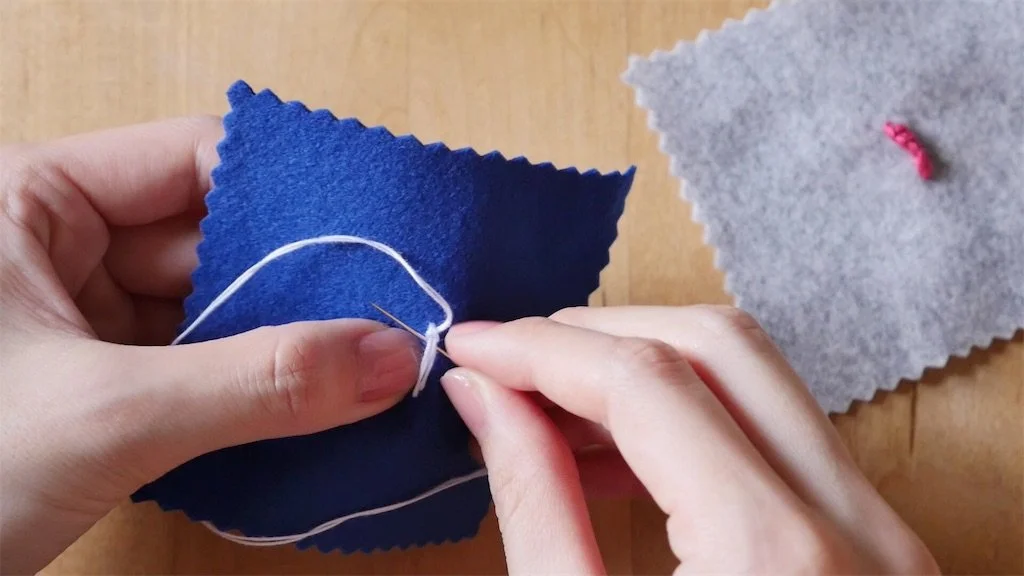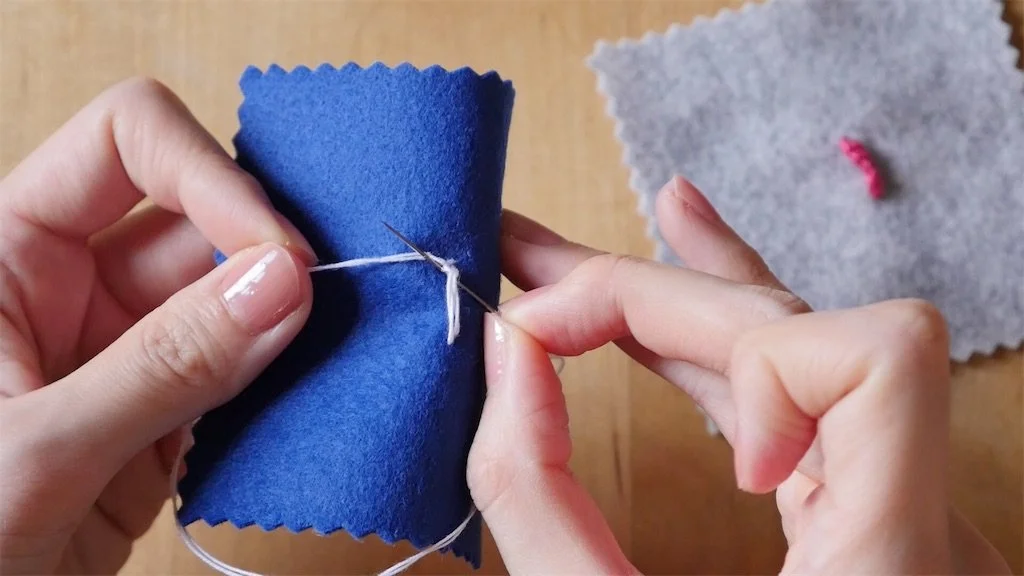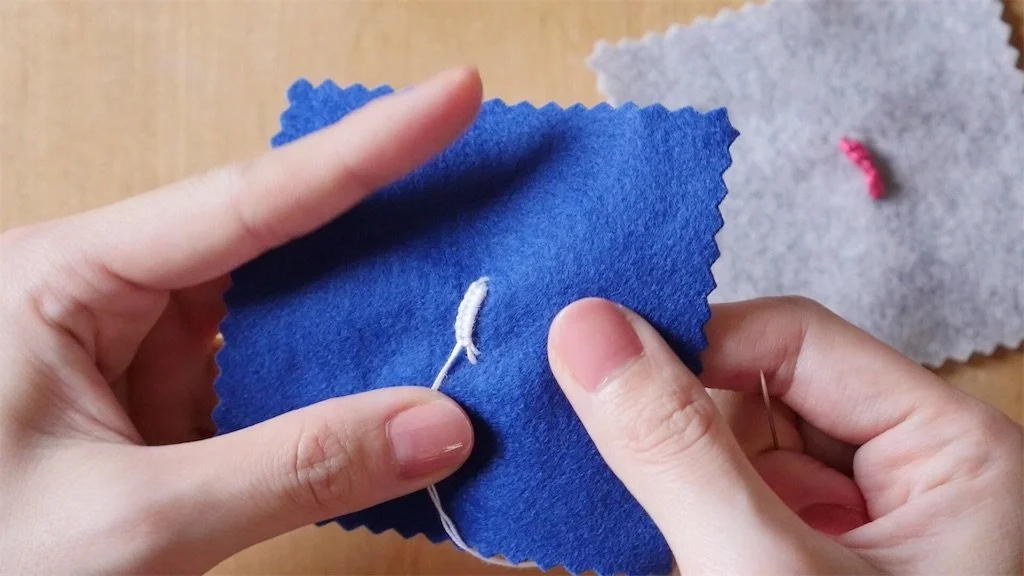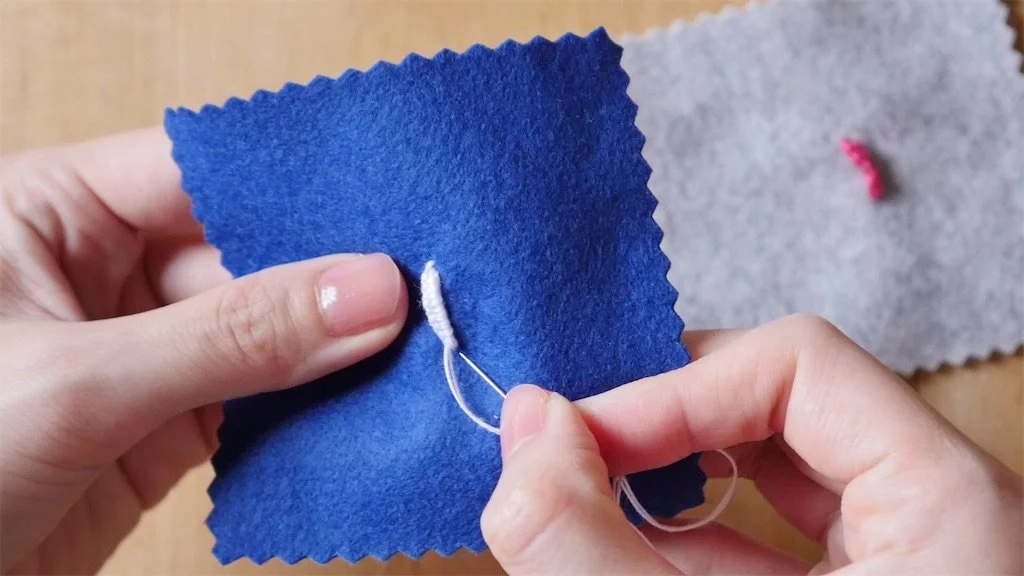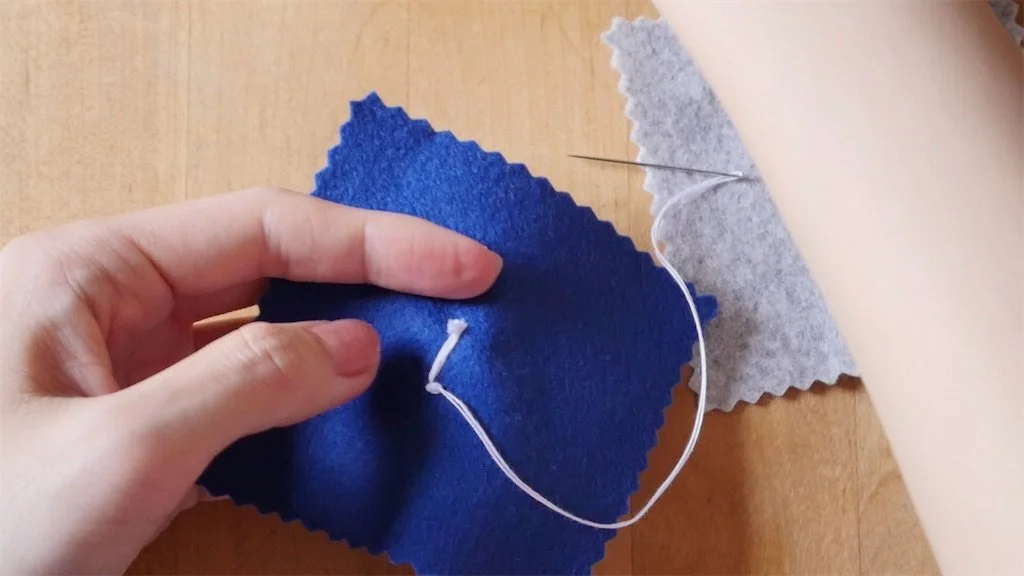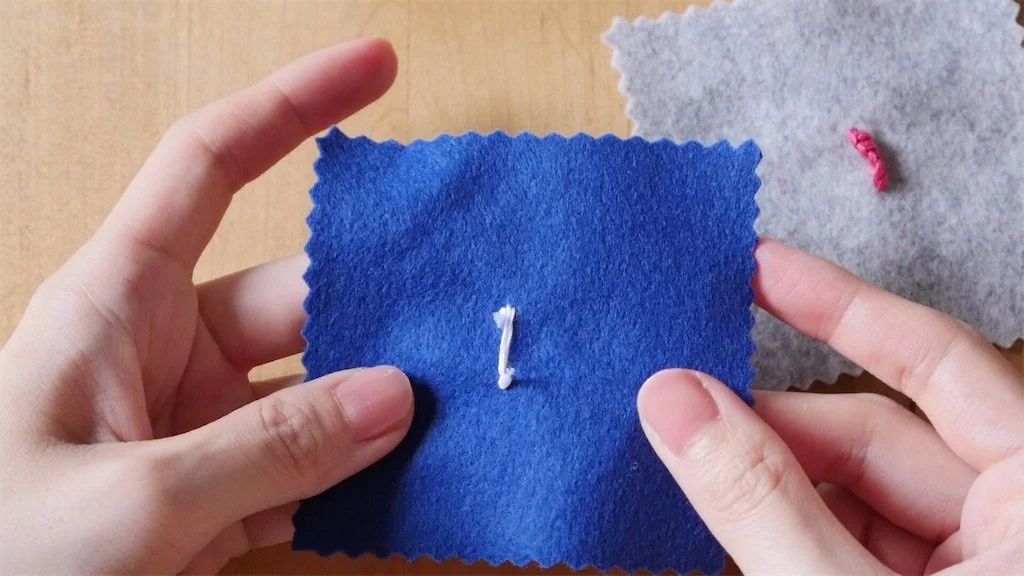Proper fit for costume
How to wear a costume?
It is recommended to wear in the order of skin coloured Seamless Camisole Undergarment → tights → costume.
For small children, it is often the case that the costume is worn directly against the bare skin, but since the costume cannot be washed, it is recommended to wear a skin coloured inner leotard.
It is advisable to select undergarments that remain discreet and opaque throughout the actual performance, ensuring they do not protrude or become transparent. To avoid becoming accustomed to the unfamiliar comfort, we suggest wearing them starting from the lessons leading up to the day of the performance.
For romantic tutus with longer skirts, there is no built-in tunic (shorts) like those found in classic tutus. Instead, specific stage shorts should be worn for such occasions. It is important to select a colour that harmonises with the tights and wear the shorts over them.
How to fold a tutu?
When it comes to a classic tutu with a voluminous flared skirt, it's essential to compactly pack it, especially when dealing with a substantial amount of luggages. While there are numerous folding techniques available, here are some widely used and popular methods for your reference.
Remove the hook on the body part and lift the panty part of the costume to turn it inside out.
Carefully put the inside-out body over the skirt so that the embellishments don't get caught.
When the skirt fits inside the body, fasten the hooks. As soon as you arrive at the venue, spread it out and shape it.
By utilising this folding technique, the tutu becomes conveniently compact for transportation. However, if left folded for an extended period, there is a risk of wrinkles and potential sagging of the skirt. Therefore, when storing it for a prolonged duration, it is crucial to unfold it properly to maintain its pristine condition.
Alternatively, as depicted in the photo below, you have the option to fold it in half and place it inside a costume case, resulting in a compact form. While this method may add a bit of bulkiness, it is still recommended if you don't mind the slight increase in size.
The same folding process can be applied to romantic tutus as well. In either case, it is essential to carefully spread out the tutu in the dressing room before the performance to ensure it remains smooth and free of wrinkles.
How to take care of tutu?
Proper costume care is essential to ensure the longevity and preservation of the garment. Leaving the costume in the bag after wearing it can lead to potential issues such as mold growth or discoloration (yellowing). Therefore, it is crucial to promptly remove the costume and dry it in a well-ventilated area, away from direct sunlight, to effectively eliminate any accumulated sweat.
It's important to note that these garments should not be washed at home. Instead, the sweat can be gently wiped off using a damp towel. It's worth mentioning that caution should be exercised with deodorant sprays, as they can potentially cause stains on the costume.
Cleaning the costume by yourself is generally not recommended, as it may result in sequins and rhinestones becoming detached and the tulle losing its elasticity. Costumes are to be send to the dry cleaner that specialise in cleaning costume.
Costume adjustments
In order to fully embody the character, it is crucial to wear a costume that fits flawlessly on your body. Take the time to try on the costume, and if you find it to be too loose or too tight, make necessary adjustments by modifying the size at the hook attachment point.
How to sew a loop (eye stitching for hook)
Here’s a tutorial on How to sew a loop (eye stitching for hook)
1. With a double-up thread, sew the base for the loop 2-3 times as close to each other as possible as shown in the photo, the length for the loop is according to the size of the metal fittings of the hook.
(Make sure the loop is a slightly longer than metal hook)
2. Thread the needle through the base that you have created.
3. Hook the base of the thread on the back side of the tip of the needle (from your point of view). It is an image of threading like blind stitching)
4. Pull the needle through while keeping the thread on and you will have a knot.
5. Pull the thread and the knot will be connected to the base you have created.
6. Repeat steps 2 - 5 in the same direction until you have covered the whole base.
7. When you have covered the base, you should have a strong loop like this.
8. Finally, insert the thread through the underside of the cloth.
9. Tie a few knots to secure everything.
10. Cut off excess thread.
11. Now you just have to create 4-5 of this loop on your costume for your hooks accordingly. It is important that the size of your loops have to match your hooks.





